2Learn
Institute for Engineering and Applied Sciences
India’s unique Active-Learning System for B.Tech, Diploma, and Applied Sciences semester exams
16
Curriculums
1200
Subject Papers
60
‘000 Video Hours
300
‘000 Modules
900
‘000 Questions
2Learn Offerings
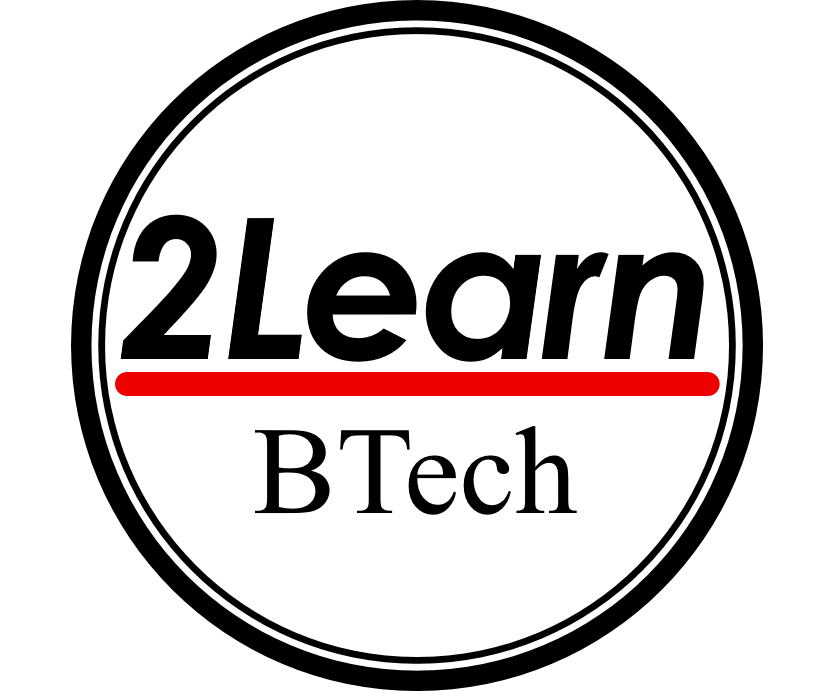
2Learn - B.Tech
We offer syllabus-customised, active-learning video courses targeting semester exam success for B.Tech core curriculum of select universities. Our courses are based on – a unique pedagogy, personalised learning levels, live performance analytics, Interactive video lessons, hierarchical progression, and laddered assessments – to ensure student-success in Semester Exams as well as career and competitive challenges, in Self-Study, and faculty-led Guided-Study modes.

2Learn - Diploma in Engineering & Technology
We offer syllabus mapped active-learning video courses targeting semester exam success for Diploma-E&T core subjects of select BTE, including subject-integrated foundation prep for SSC-JE and other competitive challenges. Courses include systematic study pathways, personalisation options, interactive videos, quizzes, gamification, gradebook, certificate, and several other value-adds

2Learn - Applied Sciences
We offer syllabus-customised, active-learning video courses targeting semester exam success for BSc and MSc curriculums for Mathematics, Electronics, Computers, as well as for BCA and MCA syllabus of select Universities in Hindi-speaking regions. Our offerings feature syllabus-relevant authentic content, high quality teaching, Pass-assurance, Doubt-support, and many unique features included in 2Learn Pedagogy.
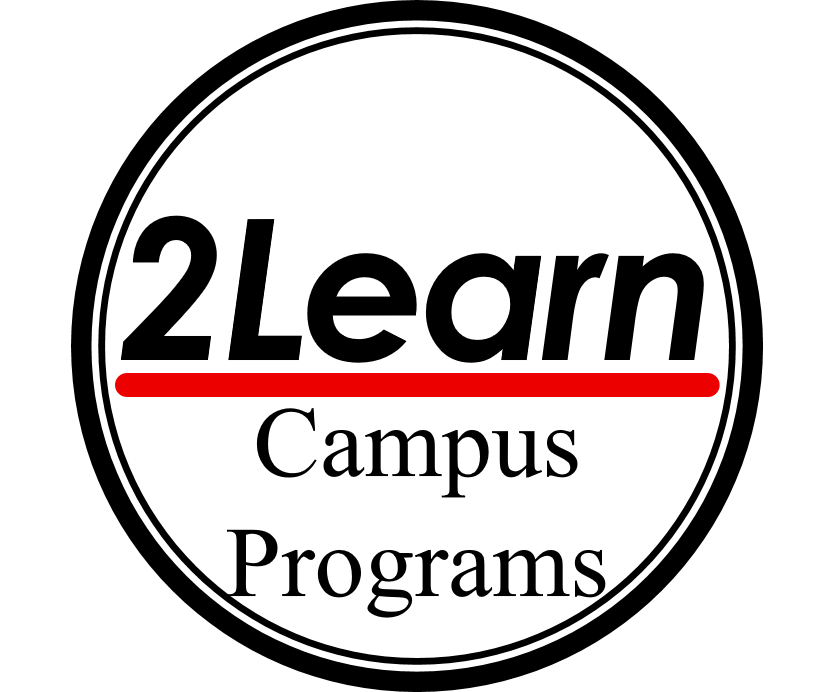
Campus Programs
Active Learning Library: Self-study courses at Essential level, with class-wide shared access. Useful Pre-learn and revisionary-resource for students. Step-up for NEP blended-learning implementation.
Core2Learn – Core Jobs Readiness Program: Intensive deep-dive 6 subject-bundle targeting core placement-tests and interview-readiness for passing-out students. Mapped to previous year questions of several recruiters. College-faculty led or Self-Study mode.
Campus Rapid Revision Program: A 2-4 week blended teaching sprint to refresh core concepts and past-year problem-solving just before final exams. Guaranteed to raise pass-rate and grade levels.
Core Faculty Support Initiative: Addressing the challenge of achieving better cost and academic outcomes, even with unexperienced faculty, using 2Learn’s innovative, feature-rich, Active-Learning, Blended-Teaching system through the Semester. Optimizes time and cost by half as much. Improve learning outcomes, and exam performance at lower teaching loads
Guided GATE Foundation Program: Semester-syllabus harmonised GATE foundation program. College-faculty led. Active-learning pedagogy with laddered difficulty levels incorporating preparation for semester, competition and job exams.
EWYL – Earn While You Learn Program: Meritorious senior students enrol as Student Guides to tutor juniors for 2Learn subject/domain, to generate revenue, strengthen subject competency, enhance resume differentiators, and elevant institute brand salience.
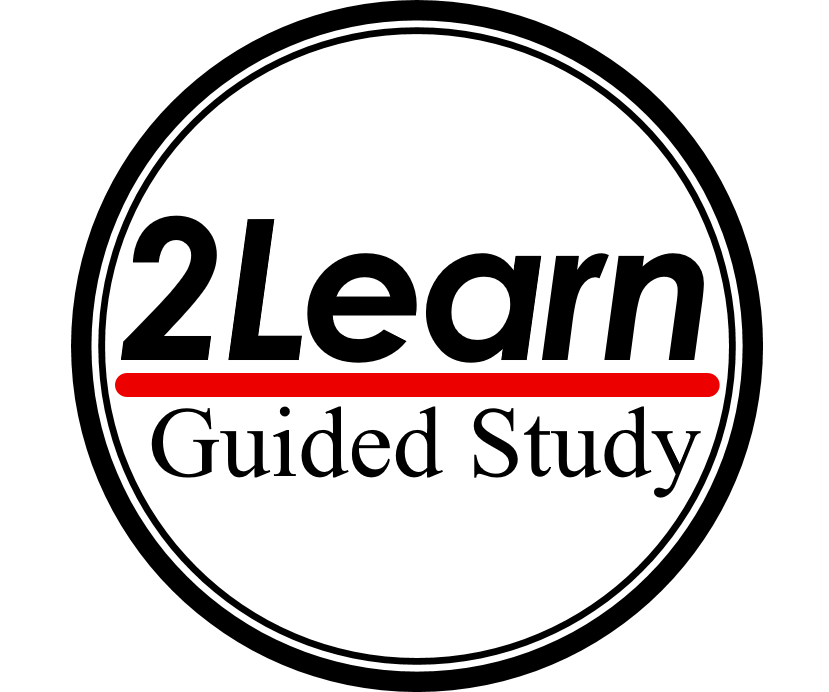
Guided Study Platform
Guided Study Platform (GSP) offers a Self-Employment revenue-generating opportunity to subject teachers by using our LMS in 2-teacher methodology to tutor core engineering and applied sciences subjects in a offline or online mode, while investing only a few hours per week per batch.
Core2Learn - Core Jobs Readiness Program
For B.Tech, Diploma, and Applied Sciences domains, in self-study mode for students.
Intensive 6-subject, 8-week deep-dive subject-bundle-refresher targeting core placement-tests and interview-readiness
Featured B.Tech Universities
Courses are topic-mapped for syllabus of select universities
Other Univ. curricula can be broadly mapped to MTU courses

AKTU
Dr A.P.J. Abdul Kalam Technical University, Lucknow, Uttar Pradesh
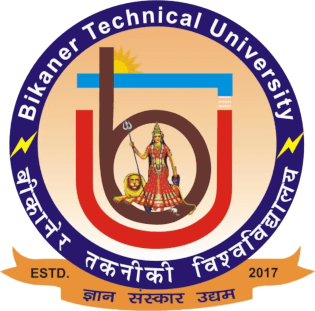
BTU
Bikaner Technical University, Bikaner, Rajasthan

GGSIPU
Guru Govind Singh Indraprastha University, Delhi
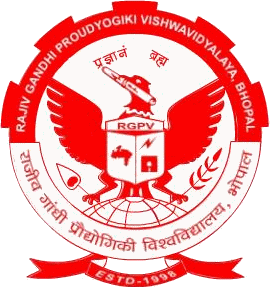
RGPV
Rajiv Gandhi Proudyogiki Vishwavidyalya, Bhopal, Madhya Pradesh.
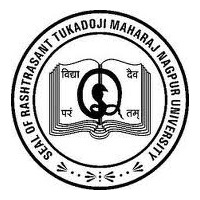
RTMNU
Rashtrasant Tukadoji Maharaj Nagpur University, Nagpur, Maharashtra
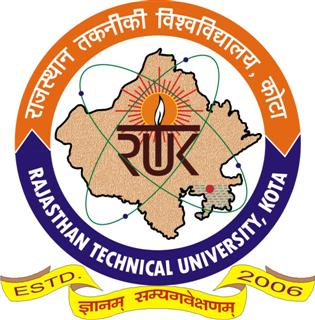
RTU
Rajasthan Technical University, Kota, Rajasthan
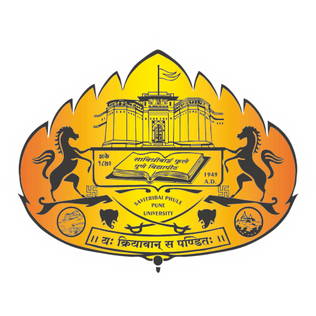
SPPU
Savitribai Phule Pune University, Pune, Maharashtra

MTU
My Technical University,
All India
2Learn Key Features
2Learn programs are full of key features to help students learn better, retain more, solve complex problems. and successfully meet exam challenges.
Differentiated Programs
Through Self-Study, Campus and Guided-Study Programs, 2Learn aspires to target student-success success in Semester, Placement, and key Competitive exams. Each program is distinct and well defined and aim to help students, colleges and tutors in B.Tech, Polytechnics, and Science colleges achieve better academic and cost outcomes.
Customised Curriculum Courses
2Learn courses are topic-mapped to individual course code syllabus of University/BTE subjects. The detailed tabulation of coverage, topics, modules, duration etc can be viewed at our Curriculum Coverage site, as well as on respective course pages on this site
Multiple learning levels per course
Personalising for level of detail, duration, features, and affordability, 2Learn courses include 2 – 3 learning levels and enrolment options. The Essential Learning Level option is for selective, or broader study. Advanced Learning Level targets deeper, high-achivement semester preparation, while the Professional Learning Level is a comprehensive, all-inclusive plan for the ambitious achievers also targeting higher-order problem solving ability, and competitive test prep readiness.
Pass Tak Saath
Unsuccessful Advanced (and Professional) level students meeting the Course Achievement Criteria could get full Plan-Renewal for the same course for additional semesters at no further cost. Check terms to register for PTS
NEP-aligned Flipped Teaching Method
FlipTeach is incorporatd in Guided Study and Campus offerings. It includes structured yet flexible frameworks for curriculum-mapping, session-scheduling, content, assessments, live classroom interaction, performance monitoring, grading, feedback etc for successful implementation of blended/flipped teaching by colleges. Colleges implementing FT can look forward to substantial improvements in time, cost, and academic outcomes
Live Doubt Clearing Support
Course Doubt Forum and Live Virtual Doubt Sessions are available for select 2Learn courses. When offered, Students can book slots with Subject Matter Experts to discuss and clear identified doubts on completed portions.
Problem Based Learning approach
Each topic carry Knowledge Check Questions, Summary Quiz, Problem Solving Module and Problem Solving Quiz, while most Sections carry GATE Problem Solving Module and GATE Problem Solving Quiz, for adquate and progressive-difficulty focus on problem solving. The StudentQuiz will help you assess your overall readiness. Mini-case studies focussing on Technical, commercial, environmental, ethical, societal considerations will be included in select subjects later.
Mapped to Bloom's Taxonomy of Cognitive domain
2Learn’s LOCF, Pedagogy, and Activities map to Bloom’s Taxonomy levels for level-appropriate instructional design, and evaluation of learning outcomes. ALM and KCQ map to ‘Remember’ Level, Summary Quiz map to ‘Understand’ Level, PSM and PSQ maps to Apply and Analyse level, while GPSM and GPSQ map to Analyse and Evaluate level. StudentQuiz activities, Forum contribution, Workshop, Blog etc map to Evaluate, and Create levels variously.
Active Learning pedagogy
Courses carry an integrated design for active learner engagement, and are implemented using a logical progression of Interactive videos, Knowledge Check Questions, Quiz, Problem based Learning modules, games etc
2Learn App: Comfort & Convenience together
Desktop app is comfortable for long hours of study, programming etc; while the Mobile app is convenient and portable. The same interface in 2 sizes simultaneosly.
Learning Outcome Curriculum Framework
2Learn uses a modular course framework, based on the Learning Outcome scaffolding defined in Bloom’s Taxonomy for Cognitive Domain. Users are presented a set of clearly defined, relevant, and measureable outcomes before commencing the modules.
Hinglish Delivery
With instructions, notes, and assessments in English, and teacher explanations in a mix of Hindi and English, the course delivery balances the need for lucid explanation along with comprehensive exposure to technical terminology.
Achievement-based Course Flow Control
Within each topic or section, learning follows a logical, achivement-based path wherein higher-order modules are accessed only upon meeting the completion criteria in preceding modules.
Study Planners
The Essential Study Planner schedules and sequences daily Topic coverage for ALM and SQ activities for the duration allocated by the student for the Preparatory phase.
The Advanced Study Planner follows ‘Deliberate-Practice’, and ‘Spaced-Recall’ study techniques to interleave topic-modules over several days. This ‘Input-Output-Reinforce’ regime is effective for long-term retention and exam success.
Certificate of Performance
A verifiable, live certificate displays the ongoing completion and competency for the course.
Subject-Integrated competitive exam prep
Subject-integrated foundation programs aim for higher cognitive level preparation for professional/competitive opportunities. SSC-JE readiness foundation is integrated with the Advanced Access Plan facilities, while GATE and allied competitive exam foundation readiness is integrated with Professional Access Plan.
An effective Sem-Exam Prep Plan
An effective exam preparation strategy maps, a) Syllabus (What to study, and NOT to study), b) Sequence (How to study, order, spacing, revision etc) and. c) Schedule (When to study, and how long it will take).
2Learn’s Curriculum Coverge Plan identifies the Modules – ‘What to Study’, specific for your syllabus. Inbuilt course flow and layout controls the ‘How to Study’ – sequence and revisions. The Study Planners schedule and track ‘When to study and how long it will take’. Further, Mentor support, Forums, Gradebook, reports and analytics reinforce on ‘How are you doing’. Lastly, Pass Tak Saath facility supports students through unforeseen setbacks till they succeed.
Explore New Horizons with 2Learn
Featuring bundles of bountiful benefits for Students, Colleges and Tutors
Students: Learn by Doing!
Passive learning is history. Active Learning is the future. Build a solid foundation for your professional future with 2Learn courses for B.Tech, Diploma in Engineering & Technology, and Applied Sciences
Whether Self-paced or Guided, Active-learning content and pedagogy accelerates learning, retention, and recollection, far more than passive content. With a 7-step pedagogy, games, study plans, smart reminders, and much more, get ready to engage to a better future. 2Learn curriculum-customised courses are exam-oriented and precisely target your syllabus.


Colleges: Blending is Brilliant!
To become an IIT, Teach as they do.
supported by Core2Learn, CRRP, GATE foundation, CFSI, and Active Learning Library
Blending with 2Learn Campus Programs will uplift college students – to assume ownership of their learning success. Reduce 50%+ teaching load, with assured course-completion. Turbo-ready your students with 2Learn modules for engaging class interactions. With course games, ActiveQuiz, Programming lab, real-time reports and analytics dashboard, you will instantly get the pulse of your students, and help them win.
Tutors: Create Your own Academy!
2Learn’s Guided Study Platform empowers current and aspiring teachers to conveniently tutor offline and online students, and aim for a robust revenue stream at low investment of time. capital, and effort, while postively contributing to India’s future engineers. Senior students of B.Tech, M.tech. MCA, MSc domain can ‘Earn-While-You-Learn’ by guiding their juniors.
GSP has made it super-easy to harness an opportunity to potentially tutor over 2 Mn students each semester. 2Learn’s two-teacher system will provide lessons, assessments, reports, analytics, schedule, methodology – a complete system to take the big load off Guides – so that they can focus just on program conduction, problem-solving and doubt clearing. Now you can reach and teach hundreds of students across multiple subjects in-person or online with 2Learn GSP

1000+ Satisfied Enrollments
“I loved the teaching that 2Learn provided. 2Learn’s courses mapped exactly to my university’s syllabus and their quiz and questions helped me ace my semester exams! A most reassuring feature IMO is the Outcomes – they tell you what is being taught and whether teacher skipped something or not. You dont get this in YT sessions or even live classes. I feel I can check the LO statements and confirm whether everyting is covered or not”
During Covid my friends and I spent so much time trying to map our syllabus to YTube, it is all so confusing. Nobody seems to cover topics properly, and so many conflicting teaching. Sometimes the YT lessons are taken down. Thanks to A2L we could find all of our topics in one place. And the step by step teachng and modules are just great. I am happy
in 2021 our DS teacher left abruptly. There was no one to take classes. Then I enrolled in 2Learn. I could see that our teachers have not been covering the syllabus fully. Many topics were left. some came in exams. I could cover the entire syllabus in 2Learn. Its the foundation for further studies. I am very satisfied with my courses and study.
I searched everywhere for videos for specific topic of Math3 syllabus. Even NPTEL. and I was able to find it only on 2L Math3. The SOM and FM coverage is awesome. Teaching style is clear. also Hindi teaching is so much better. Video quality is also good. We could not try the quiz games then, but I will enrol next sem to try them.
BMC is a theory subject, but very important for our career and understanding. The Teacher here was able to explain so clearly that I feel more confident to face exams and interviews. I can say I have a good command on this subject thanks to 2Learn.
2Learn video lessons worked good for us during covid. In other subjects teachers distributed marks but not teaching. But I was able to get 2Learn course and got good grasp of TOM, SOM, Math3. Most questions in exams were from our course. Also in campus tests. I am glad I took 2Learn courses